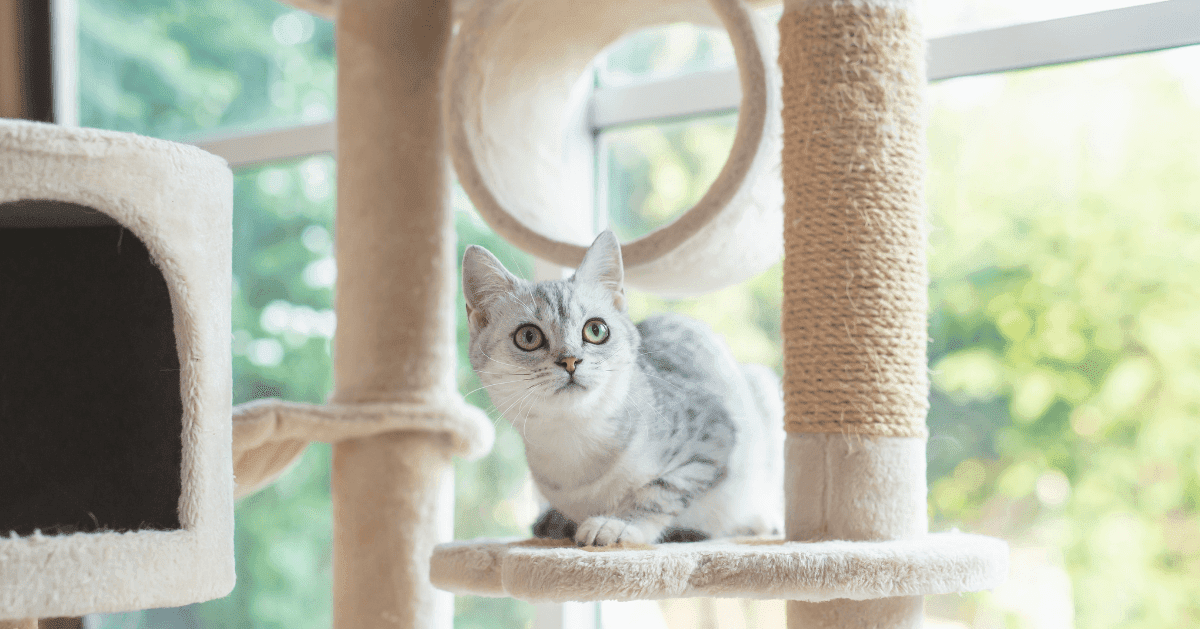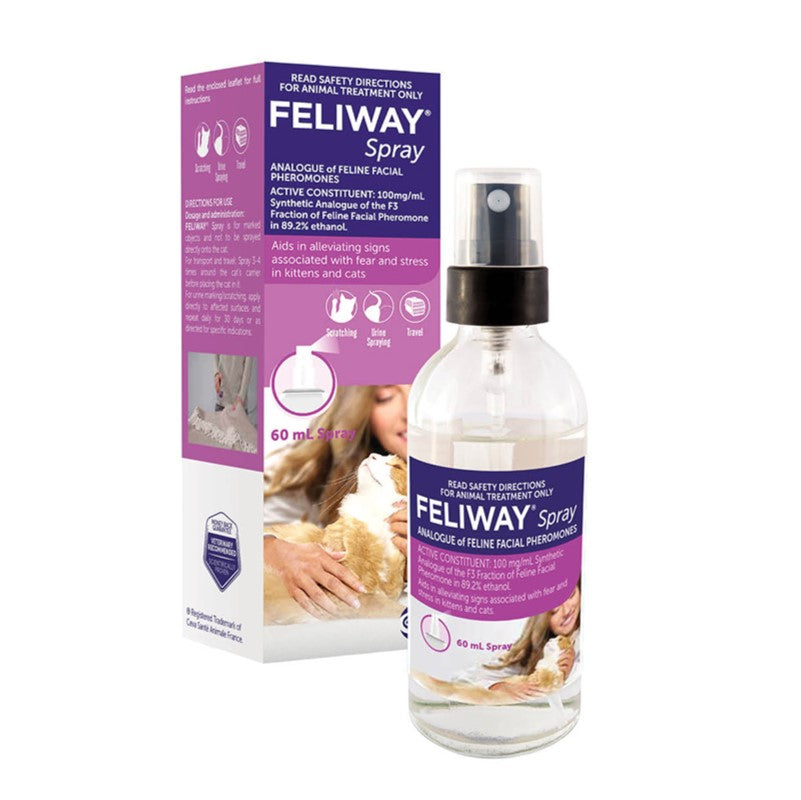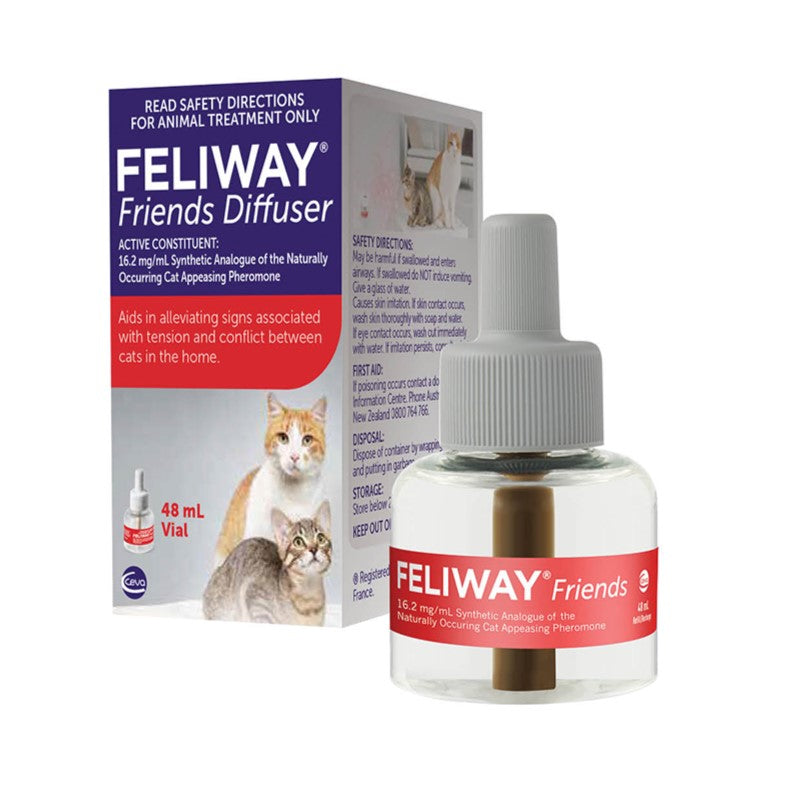
11 Tips to Adopt an Adult Cat, and Support a Purrfect Home
If you're thinking about adopting a feline friend, an adult cat can be a great addition to the family! Cats are living longer thanks to improvements in healthcare and better diet so they regularly live into their mid-late teens, meaning they can be a great companion for many years.
They're also often litter trained, trained to use a scratching post, and know that toys (rather than hands!) are for playing - which means they should fit into your family more easily. They tend to be a bit less mischievous than a younger cat and often just happy to relax in your company!
Why Consider Adopting an Adult Cat?
Sometimes, in rescue centres, adult cats tend to get overlooked for younger cats, but they can make wonderful companions. They're generally less demanding than kittens and tend to need less supervision, so might fit better with your lifestyle.
There are many reasons adult cats may be looking for a new home, such as a change in family circumstances, but you may be wondering how you can make your kitty feel welcome in their new home.
11 Tips To Adopt and Support Your Feline Friend
If you like the idea of giving an older kitty a new forever home then check out these tips and considerations to ensure you've thought of everything! Adopting a cat is an exciting time and there's a lot to think about:
1. Find Out Where You Can Adopt Your Kitty From
Rescue centres and charities are often the most common place to adopt an older cat. However, if you have your heart set on adopting a particular breed, there are some groups set up to rehome specific breeds. Cat charities are sometimes also set up for rehoming cats; you can visit the charities to view the cats and get a glimpse of their personalities before adopting. In some countries, vets may have an area reserved for giving advice on cats that need a new home. Some rescue organisations also have specific schemes in place to support people that adopt older cats.
2. Find The Kitty That's The Right Fit For You

Rescue centres and charities will be pleased to discuss the cats they have available and which will best fit into your family - for example, if you have children, other pets or are living in a flat etc. They'll have spent time with the cats they're looking after and understand their personalities and needs.
3. Make a Good First Impurr-ession!
When you visit, try not to fall in love with the very first cat you see (so easy to do when they're all so adorable!). Instead, try and find out more about each kitty and spend some time interacting with them. Rescue centres usually have a space for you to be able to spend some time with the cat that has particularly captivated you! Take the time to see how you interact and connect - do they interact with you and come and investigate your outstretched hand? Try to understand a cat's body language when you meet - this will help you to understand what they are thinking and feeling.
Although you may want to look at your furry friend all the time, try not to directly stare at them as this can be viewed negatively by cats - instead, try slow blinking at them which is a sign of friendship and love!
4. Consider Your Kitty's Medical Needs
Wherever you're planning to adopt your kitty from, ensure that the organisation is legitimate and looks after the cats in their care. Usually the organisation will have made sure that the cats have been neutered, vaccinated and treated for parasites. They will also be able to tell you if the cat has any additional medical needs or medications that they need to take regularly. Take a look at this advice from International Cat Care to find out more about cat friendly homing.
Be prepared that centres will also often check your home to ensure it's suitable for your new cat and give you any tips to consider before your new cat arrives - if there is a busy road close by, they may discuss options for ways to provide safe access to the outdoors or indoor living for cats. They can also often help recommend a vet.
5. Prepare For the Journey Home
Most kitties aren't a fan of the car - imagine being put into a strange object that travels at speed! Using FELIWAY Spray in the cat carrier will help to reassure your cat and provide comfort during the journey. This should be sprayed in the carrier 15 minutes before your cat is going to enter the carrier - spraying once in each corner and the top and bottom.If you're choosing a new cat carrier to take your cat home in, aim for one that's strong and secure and easy to clean; we recommend opting for a plastic carrier that has an opening at the front and top (and can be undone in the middle so the whole top section can be removed). This is a good choice for future visits to the vet too.
6. Ensure You Have Everything Your Kitty Needs At Home!
Exploring a new environment can be daunting for your kitty so it's important to set up a safe space for them in your home that has all the essential resources they need. Keep them in a quiet room away from the busy areas of the house (e.g. in a guest bedroom). In this room, have an area for food and a separate one for their water - the litter tray should be in a private location and well away from their food and water as nobody likes to use the toilet near their food!
Find out from the rescue centre what they've been eating and stick with this for the first few weeks, slowly introducing something new if you want to change their diets; try and use a similar litter substrate too so that you minimise the number of changes.
Ensure there's somewhere for your kitty to go and hide where they feel secure, such as a cosy bed or even a cardboard box! Cats also like to perch up high so make sure they've got access to either a window sill, the top of a cupboard or shelf or a cat tower. A scratching post is also a good idea so they don't flex their claws on your furniture! You should also find out what cat toys your kitty likes best so they can stay entertained and enjoy playtime with you!

7. Create a Reassuring Environment
As well as ensuring that the room for your kitty is quiet and away from the busy areas of the house, consider plugging in FELIWAY Diffuser before they arrive home. This will create a reassuring environment for your feline friend, and help them to feel more serene and comfortable in their new home - and get used to the change. Clinically proven to calm signs of stress in cats, FELIWAY is scientifically tested and veterinary recommended.
8. Help Your Kitty Settle In
Cats are creatures of habit so they find new environments stressful. This means it can sometimes take them a little while to settle into a new home. The first few hours and days can affect how they'll adapt to their new life with you so it's important not to rush them and to try and get them to do something they're not ready for. Before you bring them home, take an item of clothing or blanket from your home to where they're currently living so they can get used to the scent of your home before they arrive. You can also place this in the cat carrier for the journey home.
9. Making Introductions To Your Family!
If you already have a cat or a kitten, a dog or other pets, then consider the personalities of your existing pets and if they're likely to get on with a newcomer. Once you've settled on the kitty you're adopting and have brought them home, make introductions to other members of the family or other pets slowly so as not to overwhelm your new cat. It's best to let your kitty explore the space on their own before introducing anyone else to your kitty so they can get their bearings and find the good hiding spots. Don't ever leave them alone together until you are confident that they get on together!
Children in particular are likely to be excited about their new furry friend, but it's important they keep calm and take a gentle approach to interactions, stroking the cat gently - and only around their head and neck area. Teach the kids to sit down on the floor, hold out their hand and let the cat come to them. If you have a pooch at home then take a look at our tips to help your cats and dogs be best buds!
10. Build On Your Feline Friendship

Your new cat may like to hide initially as they may be feeling a bit uncertain. Leave them where they're hiding (so long as they are safe) and sit quietly in the room so they can adjust to their new surroundings. Let them come out when they are feeling confident to do so. Hiding treats in different areas of their room may encourage them to explore the space.
When greeting your new feline friend, get down to their level, put out your hand and call their name, waiting for them to approach you. Let them sniff your hand and rub against it before trying to stroke them on their head. If they sniff and move away, try again another time. Learn cat body language and how to respond to happy cat signs. Try playing with a toy - fishing rod toys are great as your new cat doesn't need to get too close which can make them nervous. Set aside regular playtime with your cat to build the trust and bond between you!
11. Let Them Explore the Rest of the House
Once your cat seems to be settled in this room, they can start to explore the rest of the house but make sure you take into consideration the other family members - 2 or 4 legged - and ensure your kitty can always get back to the room where they feel comfortable. You can then start to spread out resources and introduce new locations for the litter tray, food bowl etc.
If you are concerned at any point about how your cat is settling in, speak to the rescue organisation as they can help you and get your cat off to the best start in their new home.
























